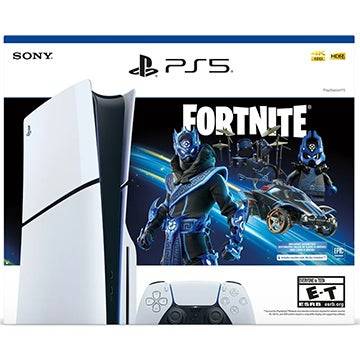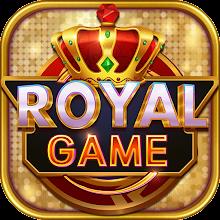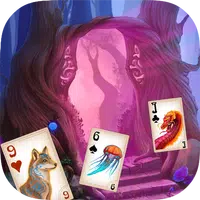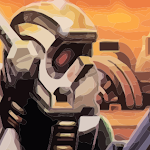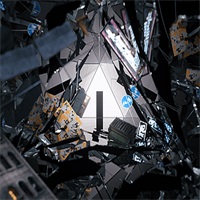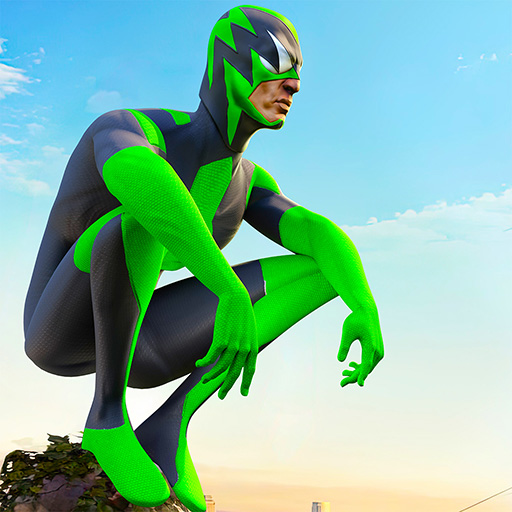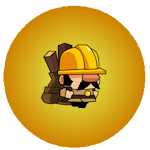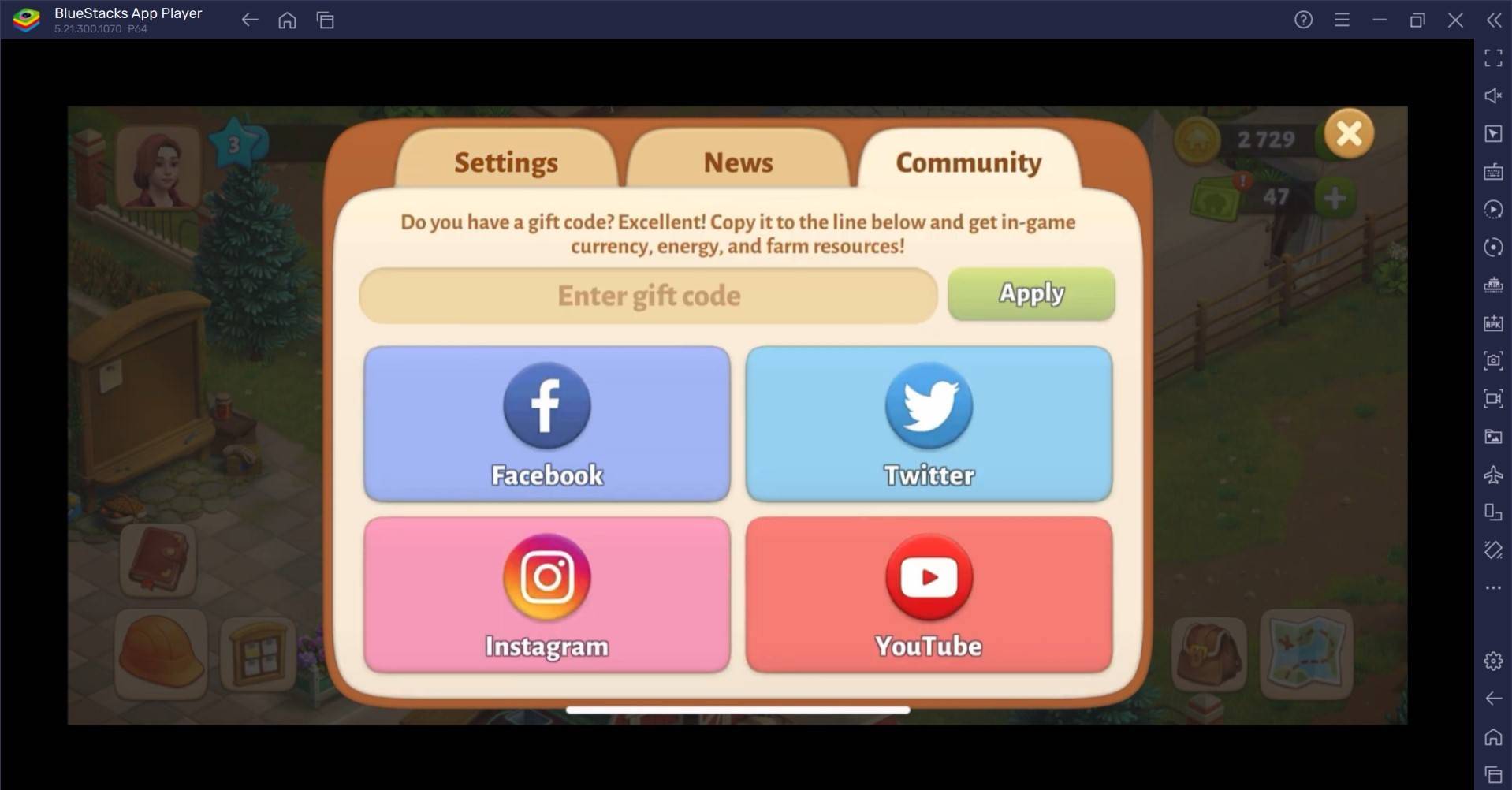"Nintendo Switch 2 GameChat Impacts System Resources, Final Specs Revealed"
The tech experts at Digital Foundry have unveiled the final technical specifications for the Nintendo Switch 2, highlighting a significant concern among developers regarding the system's GameChat feature. This feature, which was introduced during last month's Nintendo Direct, can be activated by pressing the C button on the new Joy-Con controllers. It allows players to watch each other play, either the same or different games, and even see each other through a camera, thanks to a built-in microphone that performs reliably across various gaming environments. The C button's chat menu is designed to be a comprehensive multiplayer tool, potentially marking Nintendo's most successful online initiative in years.
Digital Foundry has noted that Nintendo offers developers a GameChat testing tool that simulates API latency and L3 cache misses, mimicking the real-world impact of GameChat on the system's resources. This tool allows developers to test their games without needing an active GameChat session. The provision of such a tool suggests that GameChat may indeed affect system performance, raising questions about whether game performance will be impacted when GameChat is in use. Digital Foundry expressed curiosity about this, stating, "We'll be interested to see how GameChat may (or may not) impact game performance as this does seem to be an area of developer concern." The true impact will only be clear when the Switch 2 launches on June 5.
In addition to the GameChat concerns, Digital Foundry revealed the Switch 2's final tech specs. The console reserves 3GB of memory for the system, leaving 9GB available for games. This is a notable increase from the original Switch, which reserved 0.8GB and left 3.2GB for games. As with all consoles, developers do not have access to the full GPU resources, with some being reserved by the system.
Nintendo Switch 2 System and Accessories Gallery
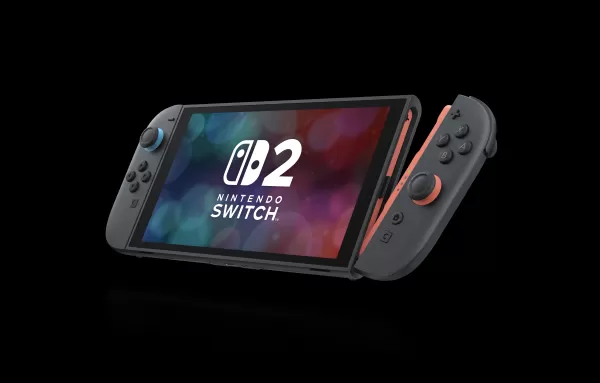
 View 91 Images
View 91 Images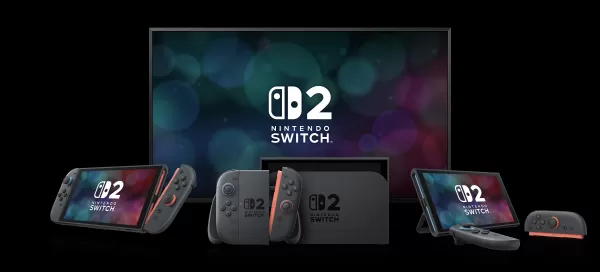
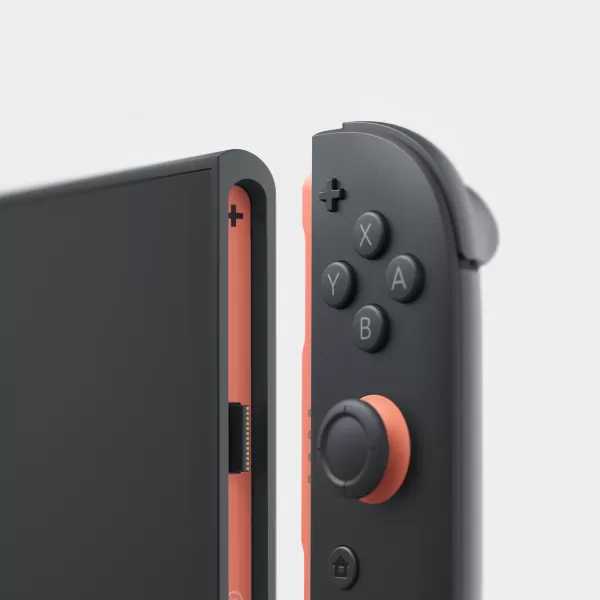
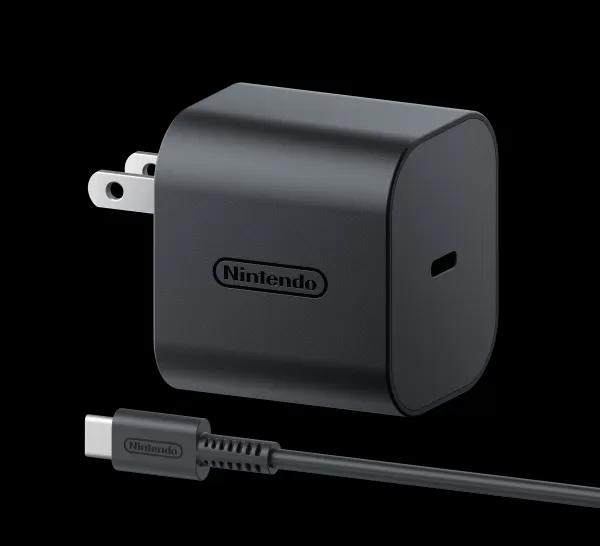
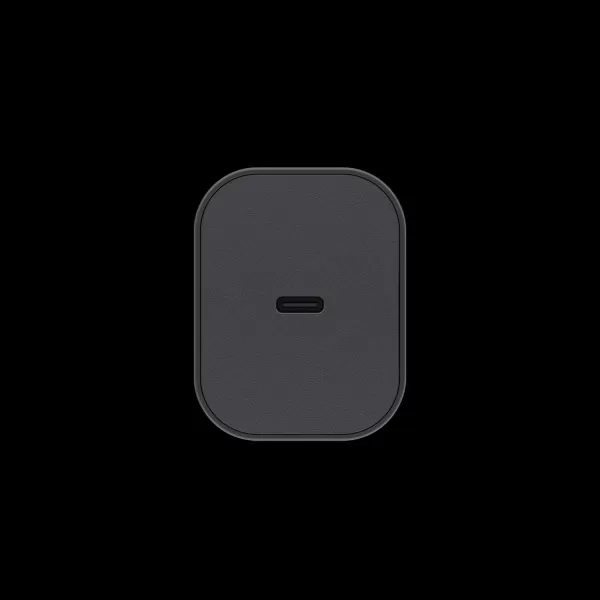
The Switch 2 boasts a 7.9-inch wide color gamut LCD screen capable of displaying at 1080p (1920x1080) resolution, a significant upgrade from the original Switch's 6.2-inch screen, the Switch OLED's 7-inch screen, and the Switch Lite's 5.5-inch screen. It also supports HDR10 and Variable Refresh Rate (VRR) up to 120 Hz, allowing games to reach up to 120fps if supported by both the game and the user's setup.
When docked, the Switch 2 can output games at 4K (3840x2160) resolution at 60fps, or at 1080p/1440p (1920x1080/2560x1440) at 120fps. These enhanced graphics are facilitated by a "custom processor made by NVIDIA." For a deeper dive into the Switch 2's capabilities, Digital Foundry's detailed specs analysis is highly recommended.
-
Want to get your hands on the most affordable PlayStation 5 console available? AliExpress is currently running a US Anniversary Sale, featuring an imported Sony PlayStation 5 Slim Disc Edition gaming console for just $397.94 with free shipping afterAuthor : Stella Nov 22,2025
-
A Feast for Crows: The Illustrated EditionThe wait continues for "The Winds of Winter," but fans of George R.R. Martin's epic saga have something new to anticipate. The author recently revealed the cover for the illustrated edition of "A Feast for CrAuthor : Hannah Nov 21,2025
- WWE Superstars Join Call of Duty Warzone: Mobile Roster
- Midnight Girl is a minimalist point-and-click adventure set in Paris in the 60s, now open for pre-orders on mobile
- Mobile Legends: Bang Bang – Best Lukas Build
- "Grand Outlaws Unleashes Chaos and Crime on Android Soft Launch"
- Monster Hunter Now Adds New Monsters for 2025 Spring Fest
- "Fallout Season 2 Premieres in December 2025, Season 3 Confirmed"

